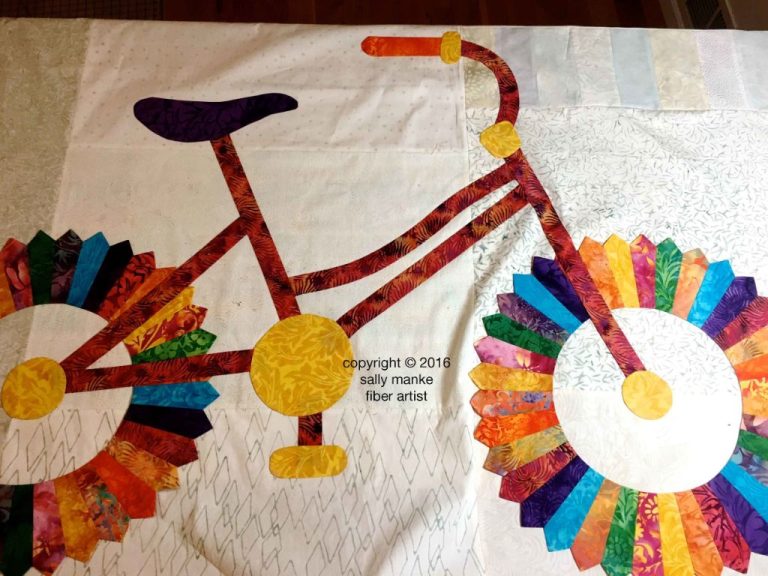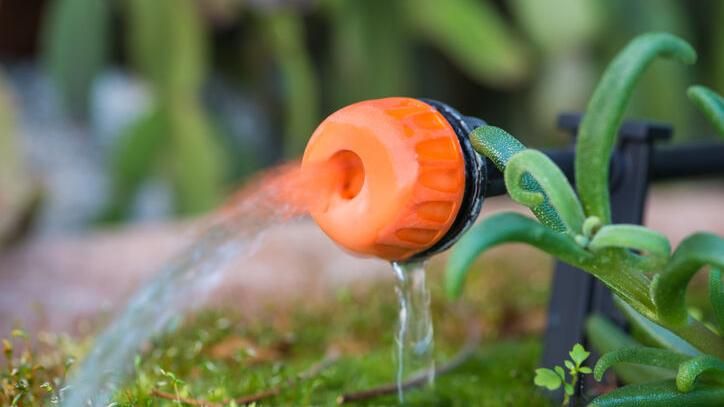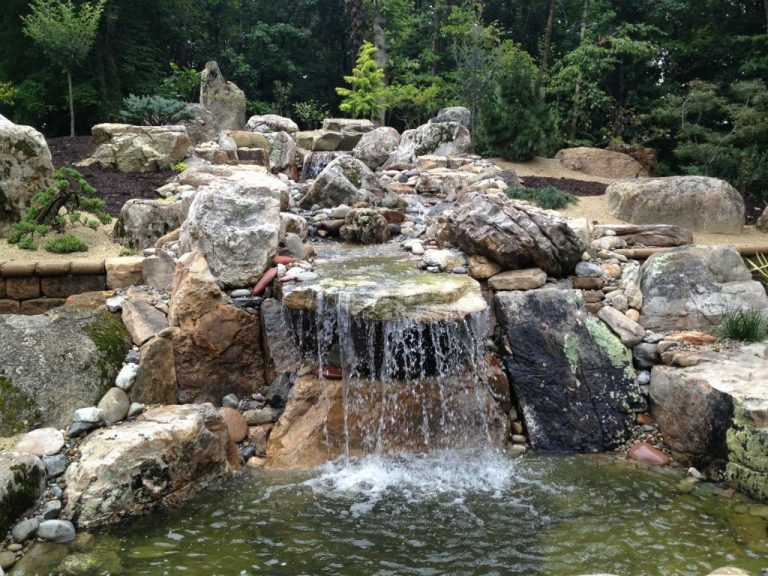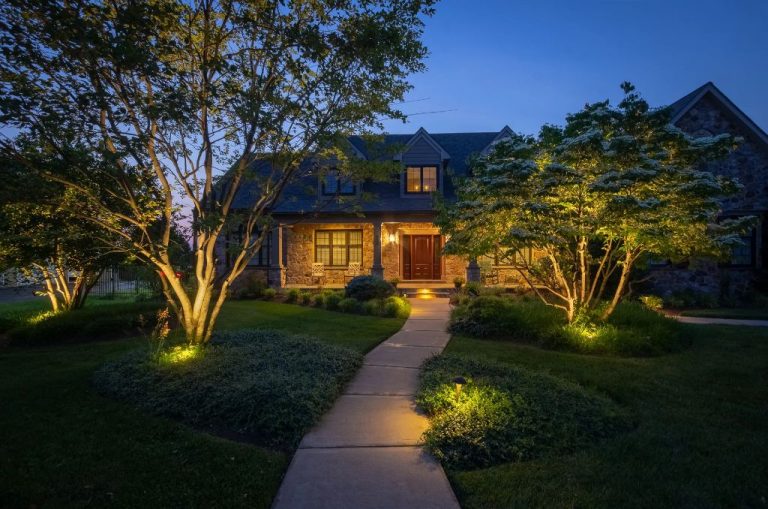Creating Privacy In Your Yard: Landscaping Ideas For Secluded Spaces
Creating privacy in your yard through strategic landscaping can transform an exposed outdoor space into a secluded oasis. Landscaping techniques like planting trees, vines, shrubs, and hedges are effective ways to delineate and conceal areas of your yard from neighbors or passersby. Thoughtful placement of fences, screens, structures, and elevation changes can also help block sightlines and carve out private zones in your landscape. This article provides an overview of key landscaping strategies that promote privacy, so you can make informed choices to design an outdoor retreat that meets your needs. Whether you want to hide a patio, screen a hot tub, or just delineate your property line, there are many attractive options to establish boundaries and make the most of your outdoor space.
Creating Privacy with Fences
When it comes to creating privacy in your yard, fences are one of the most popular options. There are several types of fencing materials to choose from, each with their own pros and cons.
Some of the most common fencing materials include:
- Cedar – Cedar is a classic fencing material known for its attractive appearance and durability. It has natural oils that help resist rot and insect damage. However, it does require periodic sealing and staining to maintain its look (https://www.bobvila.com/articles/types-of-fence-materials/).
- Vinyl – Vinyl fencing is low maintenance and never needs painting. It won’t rot, peel or crack. However, it can become brittle and fade over time, and is not as strong as wood (https://www.freedomfenceandrailing.com/blog/outdoor-style/insider-look-ranking-backyard-fencing-options).
- Aluminum – Aluminum fencing is very low maintenance, strong and long-lasting. It resists corrosion and stands up well to weather. However, it conducts heat and can dent (https://www.freedomfenceandrailing.com/blog/outdoor-style/insider-look-ranking-backyard-fencing-options).
When selecting a fence, consider privacy level, durability, aesthetics and maintenance requirements for your needs.
Trees
Certain types of trees make excellent privacy screens when planted strategically in the right locations. Evergreens like Leyland cypress, Italian cypress, arborvitae, and spruce have dense, year-round foliage that blocks views and noise. Deciduous trees like maples, oaks, and beech drop their leaves in winter but still obscure sight lines when planted closely together. Some recommended trees for privacy include:
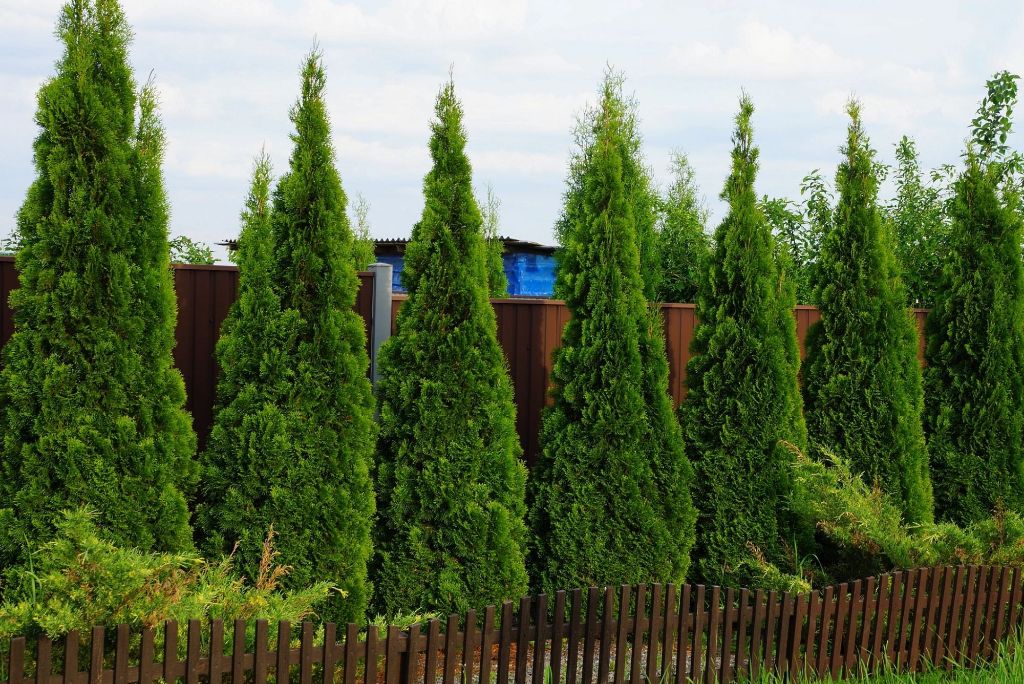
- Leyland cypress – A fast-growing evergreen that can reach 60 feet tall. Offers dark green foliage all year. Plant closely spaced as a living wall.
- Green giant arborvitae – Grows up to 3 feet per year. Has thick foliage and can reach 60 feet high. Good for tight spaces.
- Colorado blue spruce – Slow growing but forms a dense, pyramidal shape up to 60 feet high. Retains blue-green needles year-round.
- Flowering dogwood – Produces showy spring blooms. Broad-spreading branches provide privacy once mature at 20 feet tall.
For the best privacy results, plant trees densely spaced in staggered rows to form an impenetrable barrier. Focus on planting evergreen trees along property borders and deciduous species closer to the house. Select fast-growing varieties that can quickly fill in open spaces. Proper placement is key – situate trees to block views from a neighbor’s second story windows or to screen busy streets. With strategic planning and care, trees can turn an open yard into secluded, peaceful outdoor rooms.
Shrubs
Tall shrubs are an effective way to create privacy screens in your yard. Some evergreen favorites that grow over 5 feet tall include arborvitae, cherry laurel, Elaeagnus, and photinia (Source). Plant these along fences, around patios, or at property borders to block views. Give them 3-4 feet of space between plants and choose a mature height appropriate for the area. For example, emerald green arborvitae can reach 15 feet tall at maturity. ‘Green Giant’ is a fast growing cultivar that creates an instant privacy wall (Source).
When planting shrubs for privacy, consider the following:
- Plant in staggered rows for the fullest coverage.
- Allow enough space between the home and shrubs for future growth.
- Amend soil with compost to encourage healthy growth.
- Group shrubs close together to form an impenetrable hedge.
- Trim periodically to maintain desired height and fullness.
Vines
Vining plants that grow vertically can provide excellent privacy when trained on fences, trellises, pergolas, and other structures in your yard. Some of the most popular vining plants for privacy include clematis, ivy, morning glory, trumpet vine, and wisteria.
Vines offer many benefits for privacy landscaping. They grow quickly to cover empty spaces, fences, and unsightly views. Many vines flower beautifully, adding color and interest to your yard. Evergreen vines like ivy maintain cover and foliage year-round. Vines grow vertically to maximize the use of small spaces and corners in a landscape. Finally, vines, especially when planted densely, block views and noise pollution effectively.
Garden Structures
Adding structures like pergolas, trellises, and arbors to your backyard can help create secluded spaces. Strategically placing these structures can provide privacy in certain areas without fully enclosing the entire yard.
Pergolas are a great way to define an outdoor living area like a patio or deck. You can grow vines up the pillars and across the top to create a leafy ceiling for shade and seclusion. Position a pergola at the far end of a patio or along one side to shelter that area from views.
Trellises serve a similar function but on a smaller scale. Place trellises along a property line or garden edge and train vines to climb up. The vertical greenery will form a living wall that blocks lines of sight.
Arbors make attractive entryways to garden paths or seating nooks. Vined arbors act like curtains you can walk through. Locate them at access points you want to obscure from prying eyes.
Hillside Landscaping
Hillsides can be difficult to landscape due to erosion concerns and visibility from surrounding areas. However, with some thoughtful design considerations, you can create an attractive and private hillside landscape.
One effective technique is to terrace the hillside, creating multiple levels that help control erosion. Each terrace acts as a retaining wall, stabilizing the slope. Terraces also allow you to delineate separate garden spaces with changes in elevation, helping block views from above or below (https://www.houzz.com/photos/privacy-hillside-landscaping-ideas-phbr2-bp~t_728~a_34-20599–38-255).
It’s important to choose the right plants for hillside landscaping. Native plants that are drought resistant and have deep root systems help stabilize the soil. Evergreen shrubs like juniper or cypress provide year-round privacy screening. Trailing perennials like sedum and ice plant are colorful erosion-controlling groundcovers. Trees featuring small leaves that allow dappled light through, like Japanese maple, can provide screening without overburdening the slope (https://www.pinterest.com/betsykaretnick/steep-slope-landscaping/).
With strategic terracing and plant choices, you can create a hillside landscape that controls erosion while providing privacy.
Courtyards
Courtyards are a great way to carve out a private oasis within your yard. You can use structures like pergolas, trellises, and lattice to frame a cozy courtyard space. According to Pinterest, some ideas for private courtyards include:
- Using climbing vines on pergolas or trellises to create a “green wall” around a courtyard
- Planting tall shrubs or bamboo around the courtyard perimeter for privacy
- Adding a water feature like a small fountain in the center of the courtyard for pleasant background noise
- Using decorative screens or latticework on fences or walls surrounding the courtyard
- Installing an outdoor chandelier or string lights overhead to create a magical ambiance at night
With some creativity, you can transform a small courtyard into a cozy, peaceful retreat. Consider adding seating areas, container gardens, and other decorative touches to make the space inviting. A private courtyard allows you to extend your living space outdoors while still maintaining privacy within your yard.
Plant Screens
Creating privacy screens using rows of plants is an effective and aesthetically pleasing way to add seclusion to your yard. Dense shrubs and tall ornamental grasses planted in a continuous row make excellent natural barriers that obstruct views and dampen noise. Some top choices for plant screens include:
Leyland Cypress – This fast-growing evergreen forms a tight, impenetrable hedge. Space small container plants 3 feet apart for a quick screen. Reaches heights of 40-60 feet at maturity. See more at https://www.greatgardenplants.com/collections/privacy-screening
Bamboo – Dense clumping varieties like Fargesia or Bambusa multiplex create tall, swaying screens that provide cover. Space plants 8-10 feet apart for a lush wall of foliage within a few years. Grows 12-15 feet tall.
Arborvitae – Plants like Green Giant and Emerald Green arborvitae grow rapidly into tall, narrow screens. Space small plants just 3-4 feet apart. Matures at heights over 15 feet.
Switch Grass – Ornamental varieties of panicum virgatum like ‘Shenandoah’ or ‘Northwind’ make stately screens when planted 1-2 feet apart in late spring. Foliage turns red in fall before reaching 4-5 foot heights.
By using plants strategically, you can create beautiful living screens that enhance privacy in your yard. Pair with fencing, trellises, and garden structures for multi-layered seclusion and sanctuary.
Conclusion
Creating a private oasis in your yard through strategic landscaping can greatly enhance your outdoor living space. Proper plant placement is crucial for optimizing seclusion. When designing your landscape, focus on using taller plantings like trees, shrubs, and vines along the perimeter to obscure views and block lines of sight. Pay special attention to boundary areas that need the most screening. Inside the landscape, incorporate lower-growing plants like ornamental grasses and flower beds to allow for open airflow while maintaining enclosure. Thoughtful use of hardscaping like fences, walls, trellises and garden structures can also help delineate space and increase privacy. By combining a diverse blend of plants and built elements tailored to your unique needs, you can transform your yard into a peaceful retreat closed off from the outside world.

